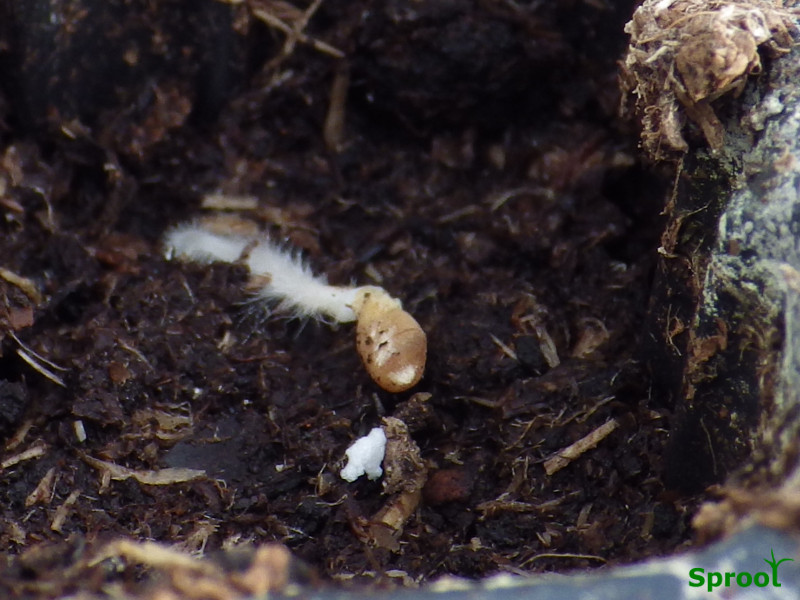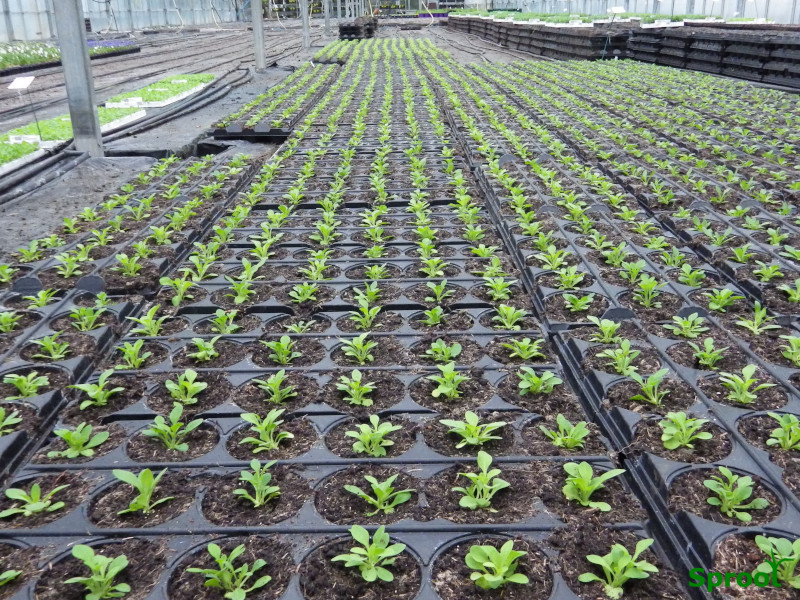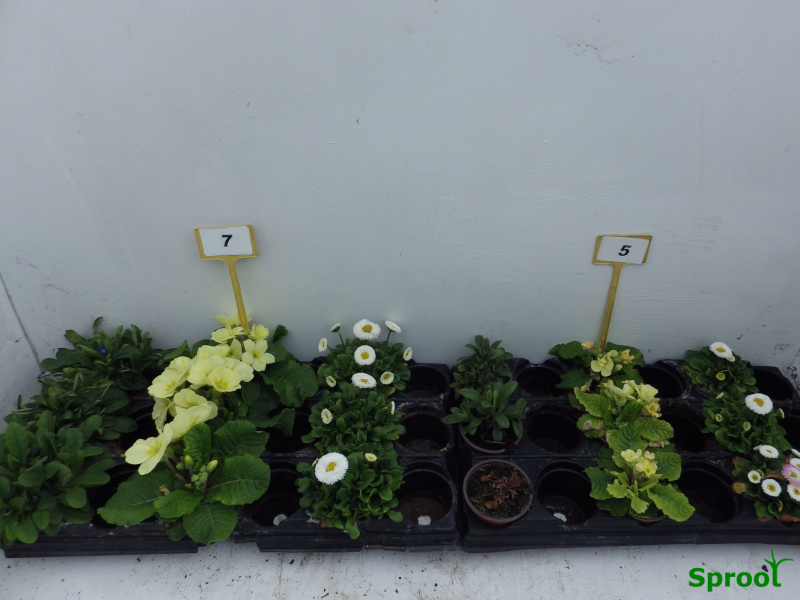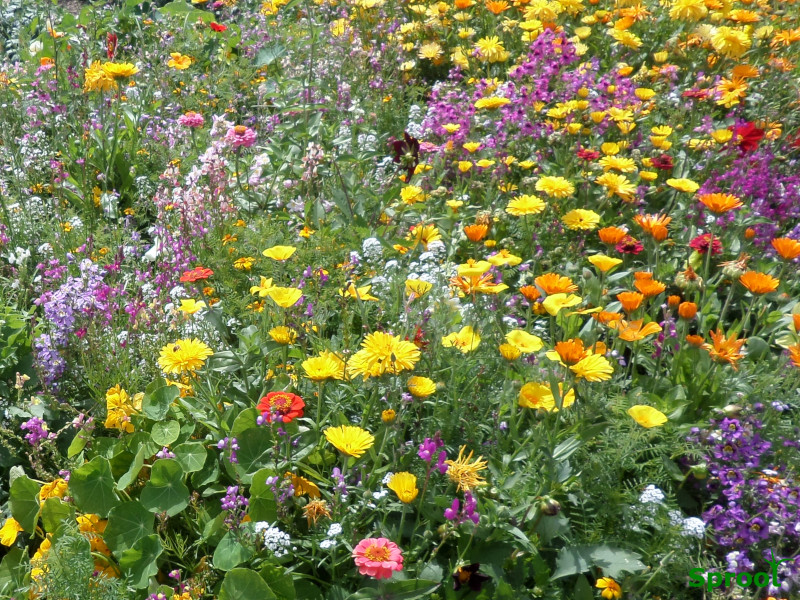How low can I go?
All plants have an Optimum Temperature
As the temperature of a plant decreases, there is a point when it stops growing and developing. This temperature is called the base temperature, and varies widely among plants.
As the temperature increases above the base temperature, plants grow faster, until it reaches its maximum rate of development. This is the optimum temperature and also varies among plant species. Plants that originate from warmer climates tend to have higher optimum temperatures than those from cooler climates. What is an optimum temperature for one crop may cause problems for another.
How can I use this?
First of all measure the temperature, get a thermometer, basic will work but now there are some fantastic digital ones that will help you understand what your plants are up to.
I have written a blog to help you choose.
How can I use temperature to grow my plants.
Firstly don’t skimp on germination temperatures

Temperatures that are too low, will reduce germination and give uneven growth. As a guide 22 C to 25 C is about right, slightly above room temperature.
After a plant is established, they will tolerate lower temperatures but lowering temperatures will slow the plants growth.
for example.
Bizzie lizzie or impatiens
At 20 C would take 54 days to germinate, grow and flower, at 16 C it would take 18 more days 72 in total.
Petunia
At 20 C would take 57 days to germinate, grow and flower, at 16 C it would take 33 more days 88 in total.
So what does it mean? As an amateur gardener you might choose to sow early and grow cool or you can sow later and grow warmer to be ready at the same time.
Thats the beauty of gardening there is no right or wrong just what works for you.
Growing cooler may take longer but sometimes plant quality may actually increase at lower temperatures. Branching, flower size and flower number often increases when plants are grown cool.
Some plants don’t like the cold, a New Guinea impatiens likes to be warm, growing at 14 C would almost stop it flowering, so check online or ask a friendly gardener for help.
Growing cool is not without some problems. Condensation and humidity levels increase, leading to problems with foliar diseases such as botrytis
Read our blog on stopping botrytis
Tips for Growing Cooler
If you are thinking about lowering your greenhouse temperature this spring, first, separate plants into warm crops and cold crops, based on temperature needs.
Some warm crops that should not be grown at less than optimum temperatures (less than 16 – 18C nights). These include alternanthera, New Guinea impatiens, lantana, vinca, celosia, cleome, coleus, cosmos, gomphrena, ipomoea, melampodium, portulaca and sunflowers. They might be happier in the house.
Crops that can be grown cool include: argyranthemum, osteospermum, annual phlox, nemesia, calibrachoa, diascia, bidens, snapdragon, alyssum, dianthus and pansies.
Your greenhouse will have warm and cool spots, avoid growing pots directly on the ground. Ground temperatures can be 6-10 C cooler than air temperatures (unless bottom heated). Garden fleece can help save heat at night.
Watering and Feeding
Cold compost slows the uptake of water and nutrients. Watering with lukewarm water can help. You will find pots take longer to dry out, as a result, condensation and humidity levels increase, leading to problems with foliar diseases such as botrytis
Plants will grow better with a well established root system. Once plants roots are starting to spread out (2-3 weeks), then temperature can be lowered.
Plant Height
Growing cooler will produce a compact plant, but there is a well known stretching effect caused by low night temperature and high day temperature this can make you plants taller, this will happen in late spring when the sun warms the greenhouse but we have cold nights.




